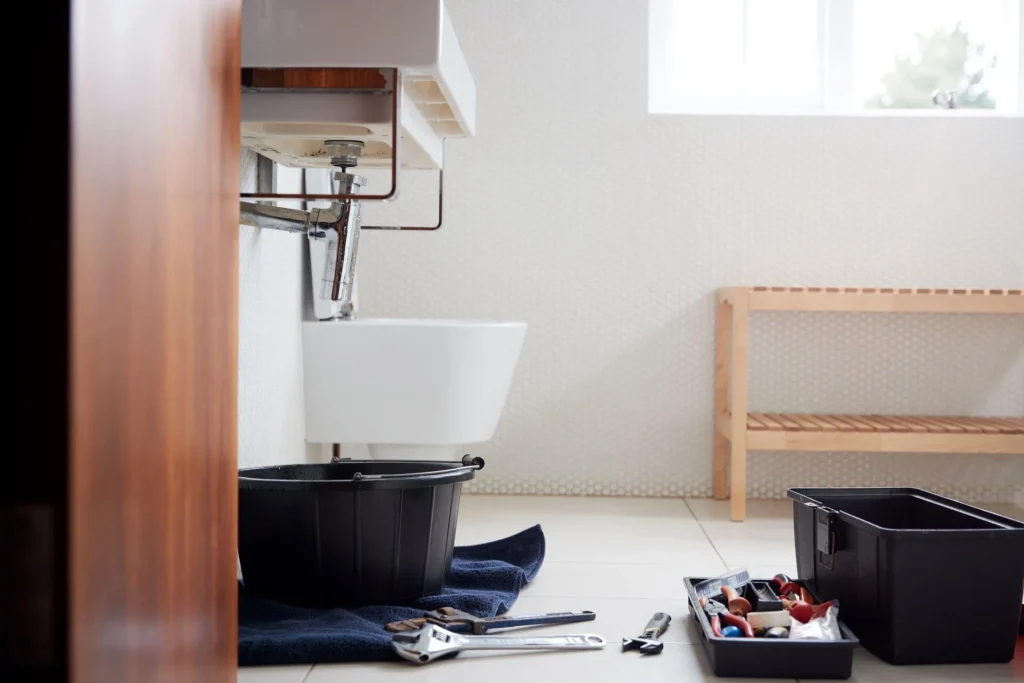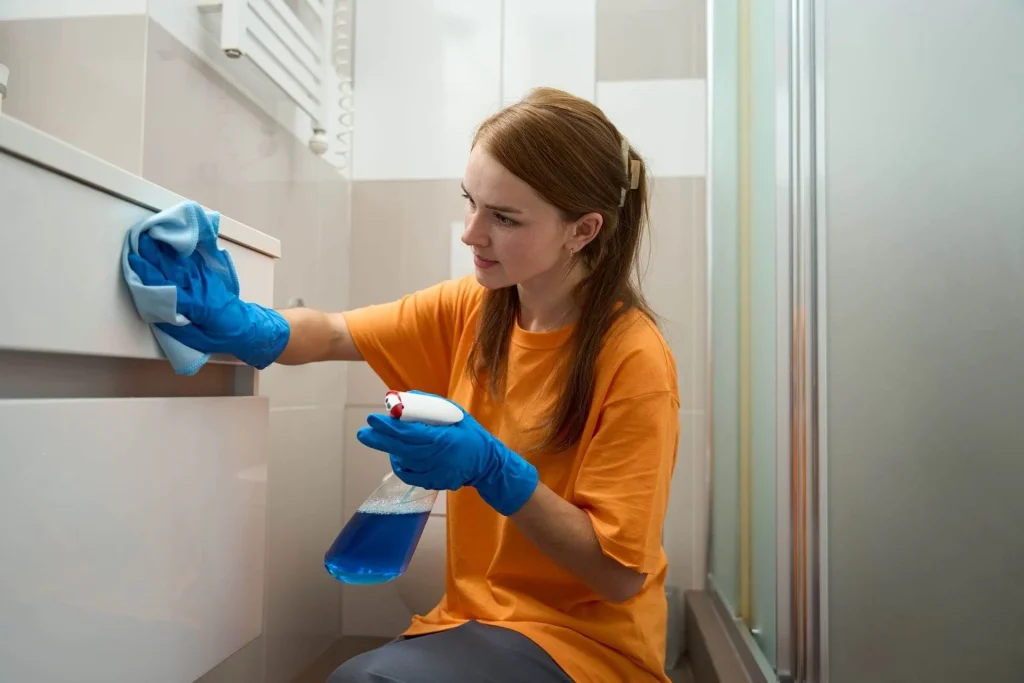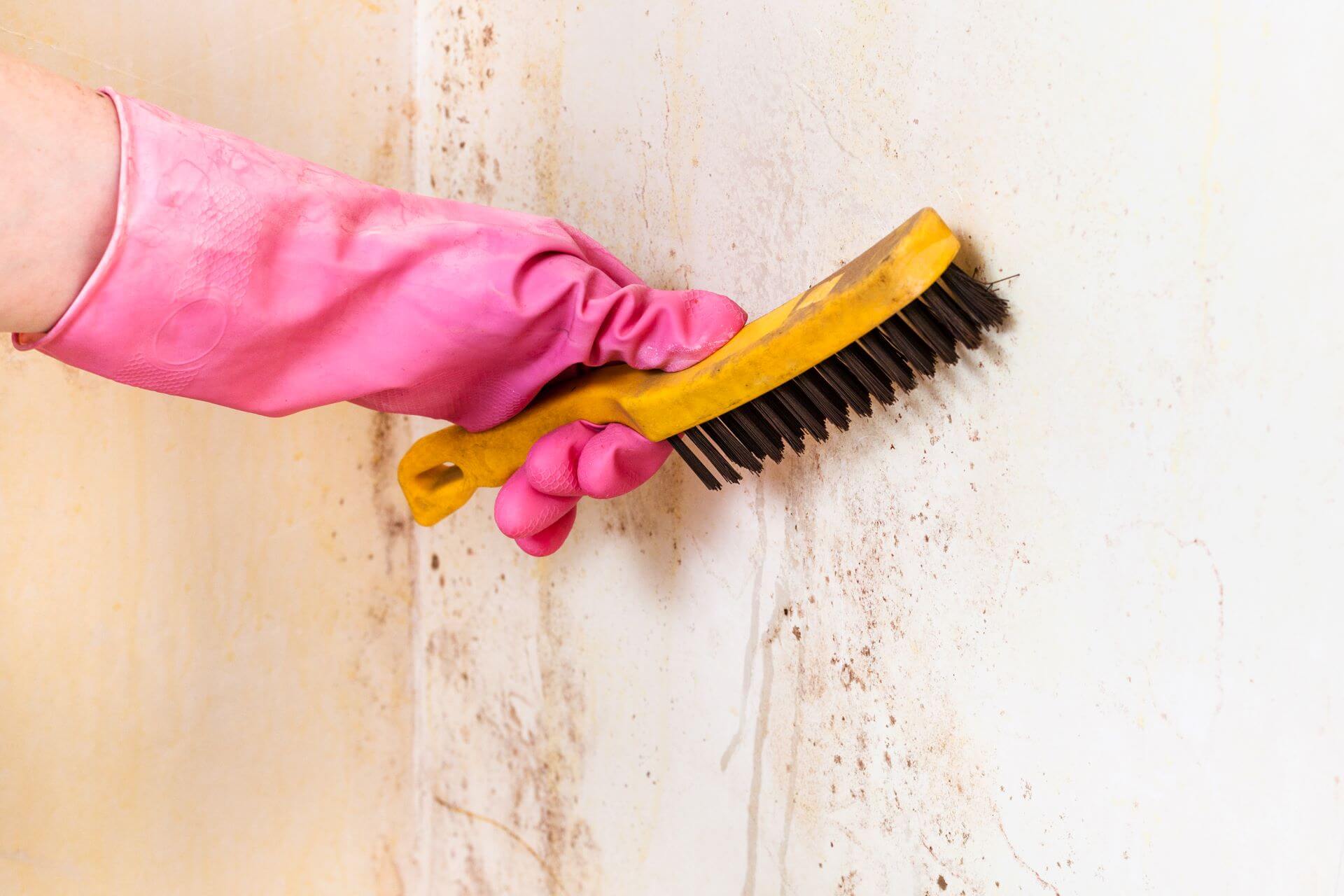Owning RFO properties, may it be your brand new dream home of yours and/or your family or an apartment building filled with college students and hardworking professionals, is both a luxury and a responsibility. It is your job to maintain this house and lot or building livable. This is why you invested in property insurance, bought an extra-sturdy roof instead of opting for a cheaper one, or even hire a professional cleaning company to do a thorough cleaning of the most stubborn spots that you cannot reach. More or less, you may have forgotten another aspect that most people tend to overlook: mold prevention.
Mold Spores and Their Growth 101
Mold, also known as mildew, is a type of fungus that is birthed from very humid climates including indoor humidity and even in a damp basement. Its seeds, called mold spores, are almost always present in fresh air. It tends to stay there until it finds itself a habitat to grow and spread. The habitat can be formed through plumbing leaks, untended water in shower curtains, and even a spill left uncleaned.
Generally, there are many different types of mold such as Stachybotrys (black mold), Penicillium (blue or green in color that is mostly seen in cheese), Aspergillus (a mold fungi that when breathed in great amounts, causes a respiratory disease called as aspergillosis), and Cladosporium found mainly in areas full of greenery and in your indoor plants.
All of the mold that fills our air circulation will become harmful when it is met with an excess moisture problem especially if it is inside your windows and doors. This leads to the pounding question, how does a mold problem form anyways?

Different ways molds form
1. Moisture
You must have moisture control in your RFO properties to avoid excessive mold exposure. Moisture and humid air are the basic needs of mold. So you must avoid any unnecessary water vapor and excessive moisture in order to prevent mold growth in your home. Such unnecessary moisture can be in your bathrooms, poorly ventilated areas, underneath your air conditioner, and in basements.
2. Poor ventilation
Though you must avoid high humidity levels, you must always make sure to have proper ventilation inside your RFO properties. Without just the right amount of ventilation, mold may form. Just think of how tightly sealed containers or water bottles tend to form something black or green inside after a handful of days. Those are molds. So make sure you have some kind of air movement inside your beloved home.
3. Objects made out of organic material
While humid air and moisture make the house of mold, organic material is the food of our black, blue, and green foes. Such material includes fabrics, carpets, curtains, wet clothing, wood, and even paper. Though it is inevitable for you to have such objects inside your home, it is important you check and clean these often to avoid mold growth.
And you may think that when you see the mold it is some green ecosystem growing in your RFO properties and, consequently, you do not remove them because you think it is a great feat of oxygen, but trust us, the mold infestation in one’s home is very dangerous.
Why You Should Avoid Having Mold Growth
Aside from ruining the aesthetically pleasing curation of your home, a mold problem can cause serious health effects to you and your family members.
Even more sensitive to children, mold growth can cause skin and eye irritation, allergies, sneezing, coughing, nasal congestion, and serious respiratory problems. Mold is toxic, and any type of toxic has the potential to cause health problems.

How to Prevent Mold
So, how does one prevent mold from growing inside houses and even commercial buildings?
1. Control and monitor moisture and humidity
In line with the previous information on how mold forms, one needs to keep their homes clean and dry and immediately solve any water accidents such as plumbing issues, roof leaks, and water coming out of cracks and gaps.
To keep your humidity within what is necessary, consider investing in dehumidifiers to reduce air moisture. You can also use indoor fans or exhaust fans in kitchens, and bathrooms to dry area moisture in the air. Ideally, the humidity of the rooms of your house must be below 60%. No matter if you have indoor plants. You must keep in mind that you are not living in a rainforest. Unless that is the aesthetic you are going for. Just remember the health affects the growth of mold can cause to you and your children.
2. Proper Ventilation
You must see through it that your home has the right amount of ventilation. Make sure that you are able to breathe freely. If you do and do not feel like you are choking or out of breath due to minimal fresh air, this is already a sure sign that you have adequate air movements. Invest in fans, air vents, air conditioners, and, ultimately, an environment where there is fresh air to ensure good airflow for your humble but prime home.
3. Clean regularly
The most basic and effective way to avoid a mold infestation is by cleaning your homes regularly. By cleaning often, you are most likely cleaning both dirt and mold away whether you are aware of it or not. Make it a daily and weekly chore for you and your family members to ensure the cleanliness of your house because this avoids mold accumulating and eventually growing. By thoroughly wiping away excess water, and mopping and drying your floors are steps closer to cleanliness and avoiding massive health problems.
4. Invest in mold-resistant materials
Mold has been a long and old problem in households that companies have made mold-resistant materials for you. From wood products, wallpaper, dry walls, flooring, and even paint, there are several home accessories and essentials that have the important feature of being mold-resistant. Make sure to ask this during your next furniture and home accessory spree!
Read more: House Ventilation: Tips for Better Indoor Air Quality


